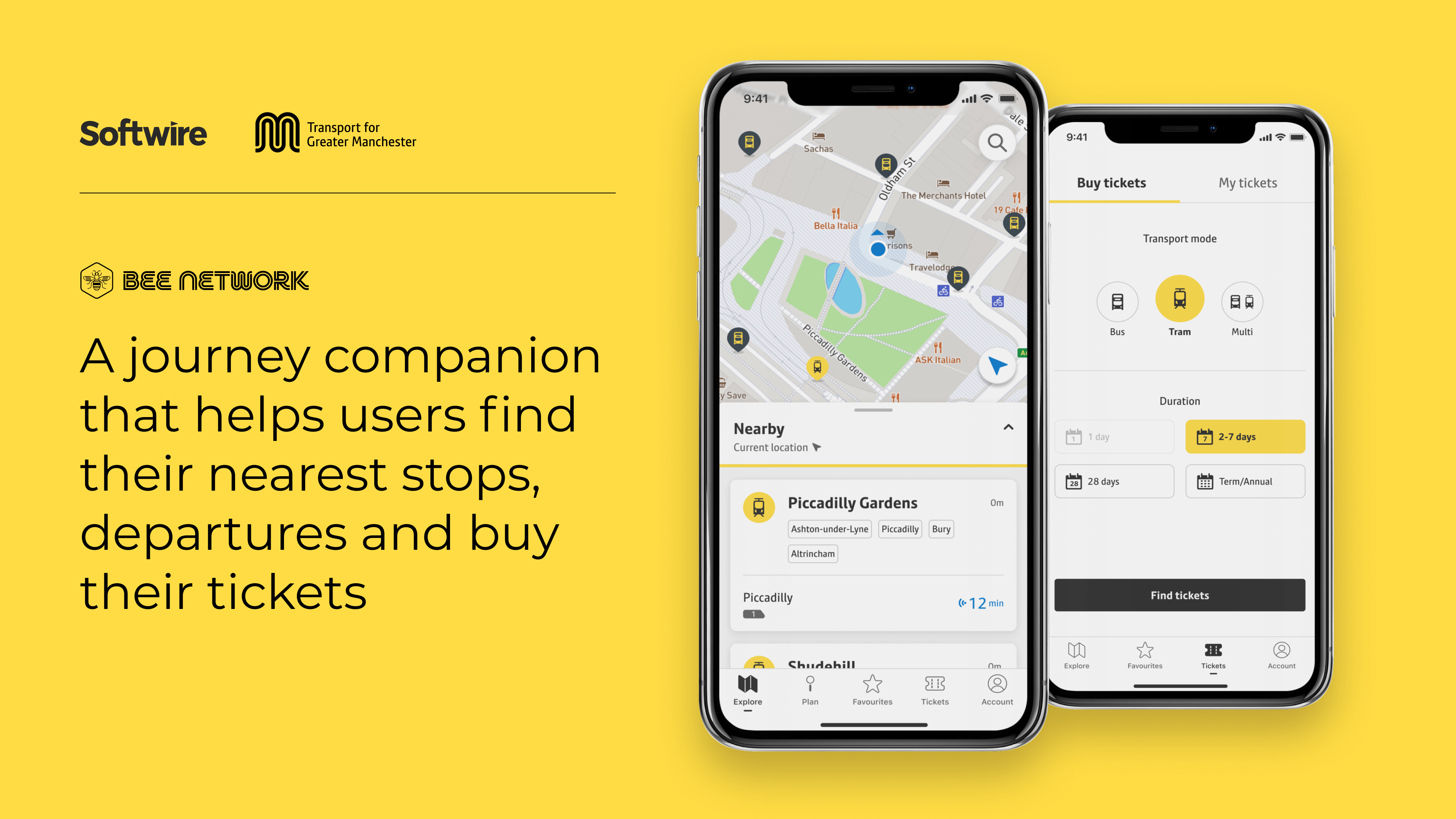Strategic staffing goes beyond just filling positions. It’s about understanding the company’s long-term goals and aligning them with the right talent. This alignment is key for driving business growth and establishing a competitive edge.
What does this mean in practice? It means investing in recruitment processes that identify competent candidates and those best suited for your company’s culture. It’s about developing programs that foster employee skills and address weaknesses. Moreover, it’s about having the proper workforce planning to ensure your business is prepared for expected and unexpected changes.
We’ll delve into these aspects and provide insights into their significance in driving business success.
Role of Strategic Staffing in Business Growth
Strategic staffing plays a significant role in business growth, acting as the backbone of any successful organization. It is not merely about filling positions alone. It’s a comprehensive process that aligns with the company’s long-term goals and objectives.
The first step in strategic staffing is identifying the organization’s skill gaps. This involves a deep analysis of current resources against future needs. Once these gaps are identified, the next step is to find the right talent to fill them.
Strategic staffing also involves succession planning for key roles. This planning ensures the business can continue functioning and growing even when senior employees leave.
Impact of Strategic Staffing on Employee Engagement and Retention
Here’s how strategic staffing influences engagement and retention:
- Role Fit: By ensuring that employees are in roles that fit their skills and interests, strategic staffing increases job satisfaction, which is directly linked to engagement levels.
- Career Development Opportunities: A strategic staffing plan includes creating pathways for career advancement within the organization. Such pathways can improve employee loyalty and retention.
- Clear Communication: Strategic staffing involves clear communication about roles, expectations, and career opportunities. All of which can boost employee morale and engagement.
- Recognition and Reward: Recognizing and rewarding staff for their contributions fosters a positive work environment and encourages employees to stay with the company.
Strategic Staffing: Other Crucial Areas Where it Makes an Impact
- One of the key areas where strategic staffing plays a pivotal role is enhancing organizational agility. The ability to swiftly adapt to changing market dynamics is crucial in today’s fast-paced business world. Strategic staffing enables this by ensuring your team possesses the right skills and flexibility to navigate shifts in the business landscape.
- Another area often overlooked is the influence of strategic staffing on your company’s innovation capabilities. You are fueling your business’s innovation engine by carefully selecting staff with diverse perspectives and unique problem-solving abilities. This can give you a competitive edge and drive business growth.
- Additionally, strategic staffing can help shape your company culture. A vital aspect is influencing employee engagement and retention. A positive, inclusive culture can attract high-performing individuals to your organization and inspire them to stay, thereby reducing turnover costs and driving growth.
- Lastly, strategic staffing aids in risk management. You can better identify potential business risks and develop effective mitigation strategies by ensuring a well-rounded team with diverse skills, experiences, and viewpoints.
Key Elements of a Successful Strategic Staffing Plan
A successful strategic staffing plan incorporates several key elements:
- Workforce Planning: Involves forecasting the organization’s future staffing needs based on business goals, market trends, and industry changes.
- Talent Acquisition: Includes sourcing, recruiting, and hiring the right people for the right roles at the right time.
- Employee Development: Focuses on training and developing existing staff to meet evolving business needs.
- Retention Strategies: These are initiatives designed to keep valuable employees from leaving. This could involve everything from competitive compensation packages to flexible working conditions and opportunities for career progression.
- Succession Planning: This is about preparing for the future by identifying and developing employees that can fill leadership roles when they become vacant.
Actionable Steps to Develop Your Own Strategic Staffing Plan
Creating a strategic staffing plan may seem daunting, but your business can reap the benefits by breaking it down into manageable steps. Here are some practical steps to help you get started:
- Understand Your Business Goals: Before you can plan your staffing strategy, you must clearly understand your business objectives. What are you trying to achieve? Which skills will be needed to meet these goals?
- Analyze Your Current Workforce: Take a comprehensive look at your current staff. What skills do they possess? Where are the gaps that need to be filled?
- Forecast Future Staffing Needs: Based on your goals and current workforce, forecast your future staffing needs. Consider factors such as projected growth, potential retirements, and changes in the industry.
- Develop a Recruitment Strategy: Based on your analysis, develop a recruitment strategy that targets the skills and competencies you need.
- Implement and Review: Once your plan is in place, it’s time to implement it. But remember, strategic staffing is an ongoing process. Regularly review and adjust plans to ensure they align with your long-term goals.
How Staffing Agencies Can Help Companies
Partnering with staffing agencies based on the company’s location (such as staffing agencies in Greenville, SC) can significantly enhance a company’s strategic staffing plan. These agencies have an extensive network and expertise in sourcing, recruiting, and placing individuals in roles that match their skills and the company’s needs.
They understand the local job market, including trends and salary standards. By considering a company’s needs, staffing agencies can provide personalized solutions that align with the strategic staffing plan.
This saves time and ensures the company acquires talent that fits into its culture and contributes to its growth. Regular collaboration with a staffing agency allows continuous adaptation to changing business needs, thus making it an integral part of a successful strategic staffing process.
Final Thoughts
Strategic staffing is a powerful tool that can help companies acquire the talent they need to achieve their business goals. Businesses can create an effective strategic staffing plan by understanding and implementing key elements such as workforce planning, talent acquisition, employee development, retention strategies, and succession planning.
Incorporating this approach into your business model requires deep knowledge of company objectives and the skills required to meet them. Additionally, partnering with staffing agencies based on the company’s location can provide valuable insights into the local job market and help find the right talent for your business.







